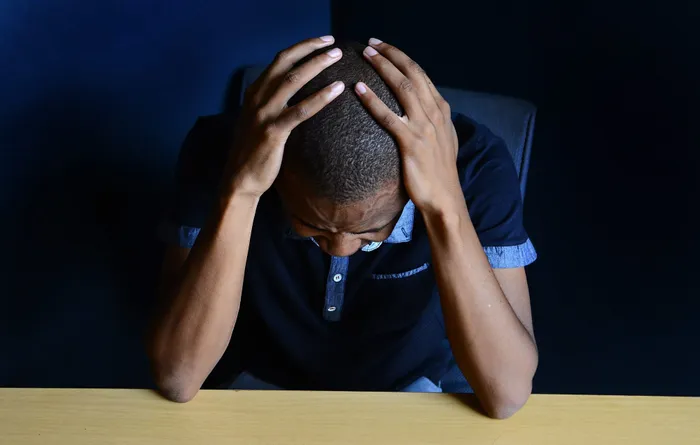Mitigating school suicides requires collaboration

Picture: Oupa Mokoena/African News Agency (ANA)/Dated February 12, 2013 – Many experts and institutions, such as the World Health Organisation, agree that suicide is more prevalent among young people. Schools should have support programmes in which parents, teachers and social support services work with pupils to address the issue of suicide with children, who are unable to cope with the challenges of life, the writer says.
By Hendrick Makaneta
The fact that in South Africa 60 percent of young people are unemployed – coupled with the recent challenges of Covid-19, which left families devastated, not to mention the war between Russia and Ukraine, which further paralysed most economies, particularly in Africa – is enough to cause anxiety and depression among hundreds of thousands of people all over the Continent.
It is for this reason that the state should do everything possible to mitigate the effects of the pandemic, job losses, inequality, poverty and unemployment, all of which constitute a real threat to the continued survival of humanity. One cannot rule out the possibility that some suicide cases may be related to the challenges raised above.
Although suicide can affect both young and old, many experts agree that suicide is more prevalent among young people than the older generation. This narrative is also supported by various institutions such as the World Health Organisation (WHO) and a wide range of higher education institutions, not only in South Africa, but also globally. While some are of the view that suicide is the second leading cause of death among people aged 15 to 24, the WHO on the other hand, suggests that suicide is the fourth leading cause of death among 15-29-year-olds.
In Gauteng, more than 40 suicides have been recorded in schools since the beginning of the year. Although the authorities have pledged to address the problem, it seems that they are not winning the war as suicide continues to afflict learners. There is a chance that the number of suicides in Gauteng may exceed 40 since there are learners who dropped out of school.
One of the biggest challenges faced by education authorities is poor communication between parents and teachers, particularly in township and rural schools. This challenge leads to unresolved issues of not being able to trace learners. That is why the department is not able to account for every learner who was registered in their system before dropping out.
The other challenge is that government does not have enough social workers to service the schools, not only in Gauteng, but throughout the country. In some cases, we find that one social worker services a school with more than 1,000 learners and one can imagine the pressure that comes with such a large number. Hence it is not always possible to reach the needs of every learner. It is for this reason that government should find a way to empower teachers and school management to be able to identify learners who are at a high risk of inflicting pain on themselves and refer them to appropriate mental health experts.
Each school should have a suicide prevention programme which is thoroughly followed by all teachers. Learners need support to thrive in schools. Support should not be limited to nutrition and clothing, but also psycho-social support that can enhance the mental well-being of learners. Audio-visual material such as videos that talk about suicide-related behaviours can be used in class, especially before the start of life orientation lessons.
Many schools in South Africa do not have any programme aimed to prevent suicide and teachers are not trained to deal with learners with suicidal thoughts. It is about time that we intensify the relationship with the South African Depression and Anxiety Group, with a view to running joint educational workshops on depression and suicide. The department should first set a realistic target to reduce suicide and take steps to deploy additional personnel who will interact with schools across the country, to provide capacity to learners so that they can have the ability to recognise depression and take steps to do something about it. Parents must be brought on board as well when it comes to issues of addressing depression and suicide.
Education is a triangle that requires collaboration between parents, learners and teachers. The government should use its strategy to roll out programmes to address suicide to parents as well. In some instances, there are learners who come from child-headed families. Such learners need the attention of our social workers. It should be clear at this point that suicide can be reduced if we all lend a hand of support.
We need greater collaboration among civil society organisations to help reduce suicide sooner. It is in the best interest of our country to have learners who are mentally strong to withstand challenges such as poverty, unemployment, inequality, crime and many other social ills in society. Outsourcing this important mission to future generations will be disastrous. We all have a duty to create a conducive environment for learning and teaching.
Hendrick Makaneta is an education activist completing an LLB degree at the University of Pretoria
Suicide Crisis Helpline 0800 567 567